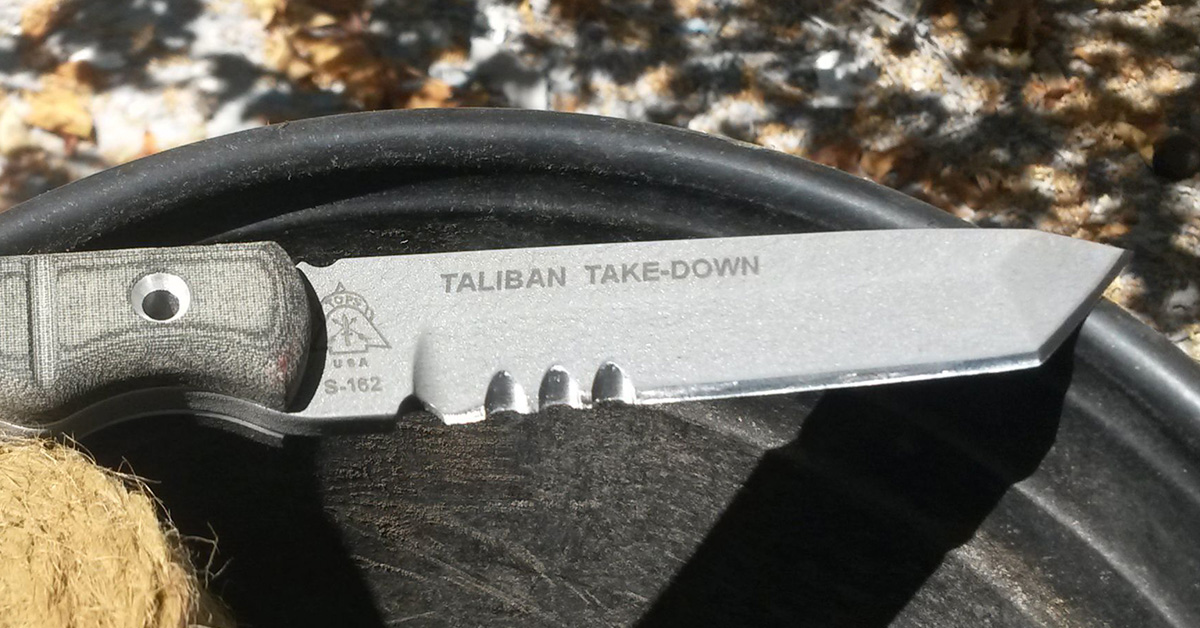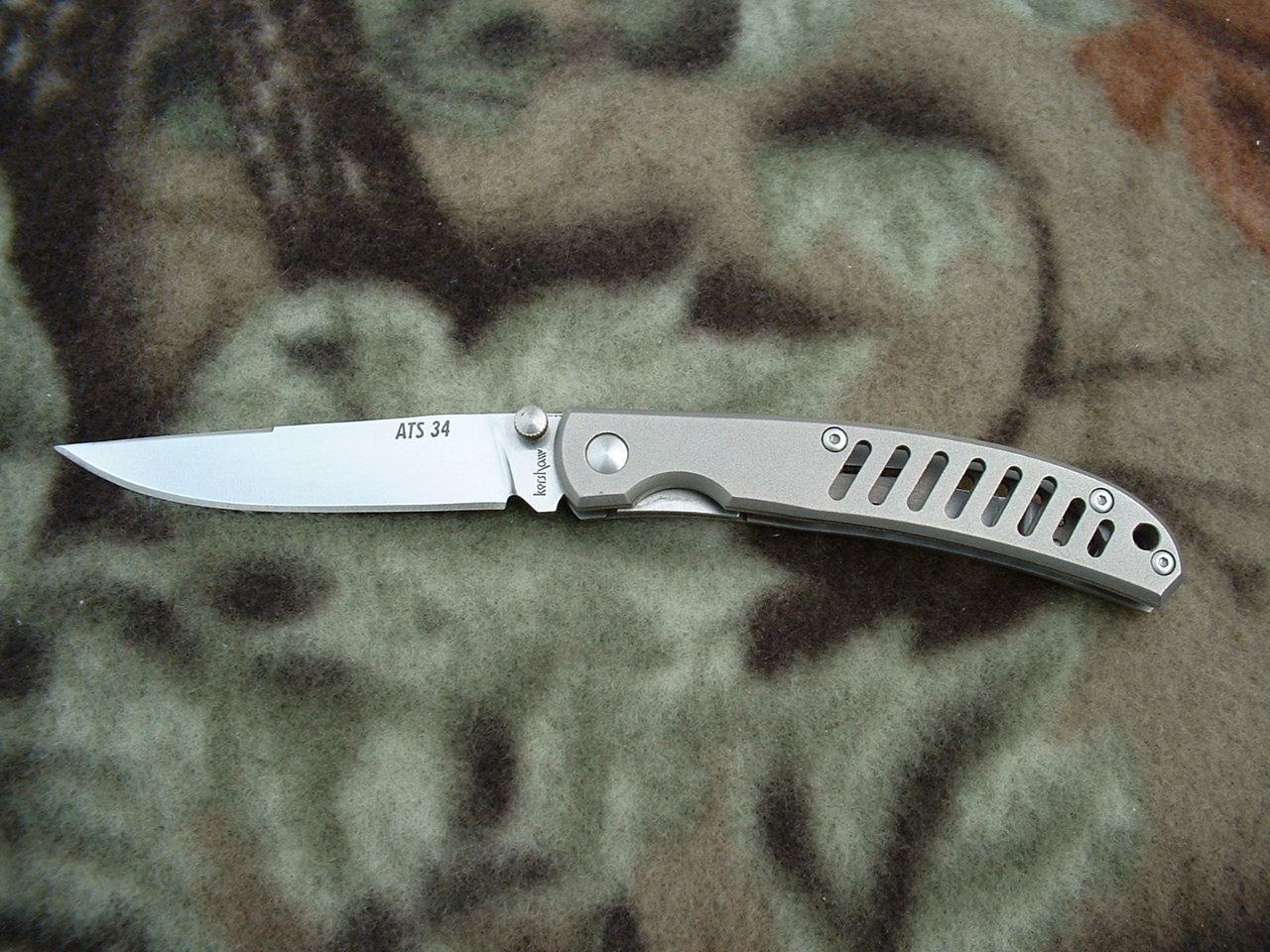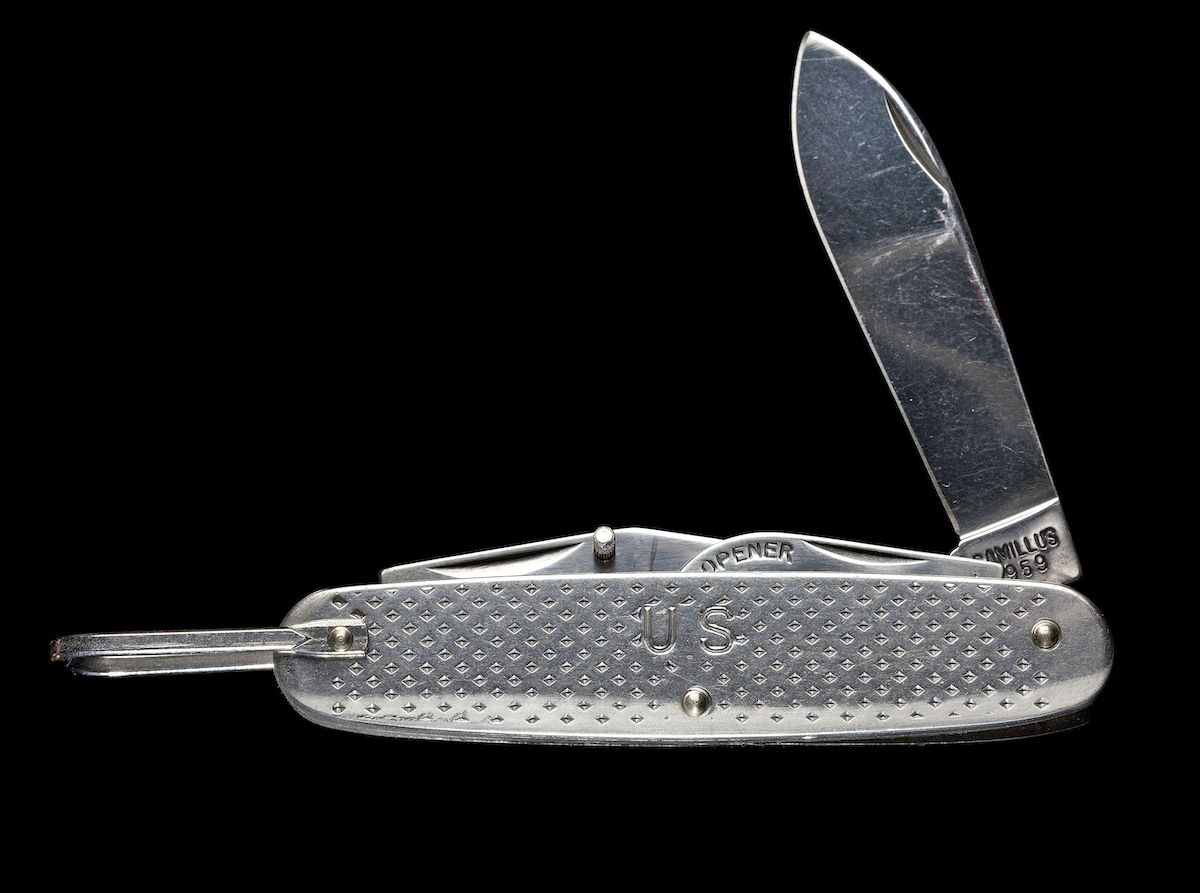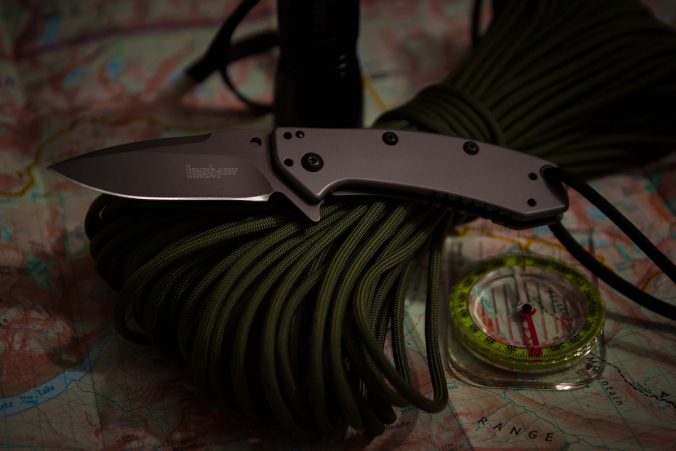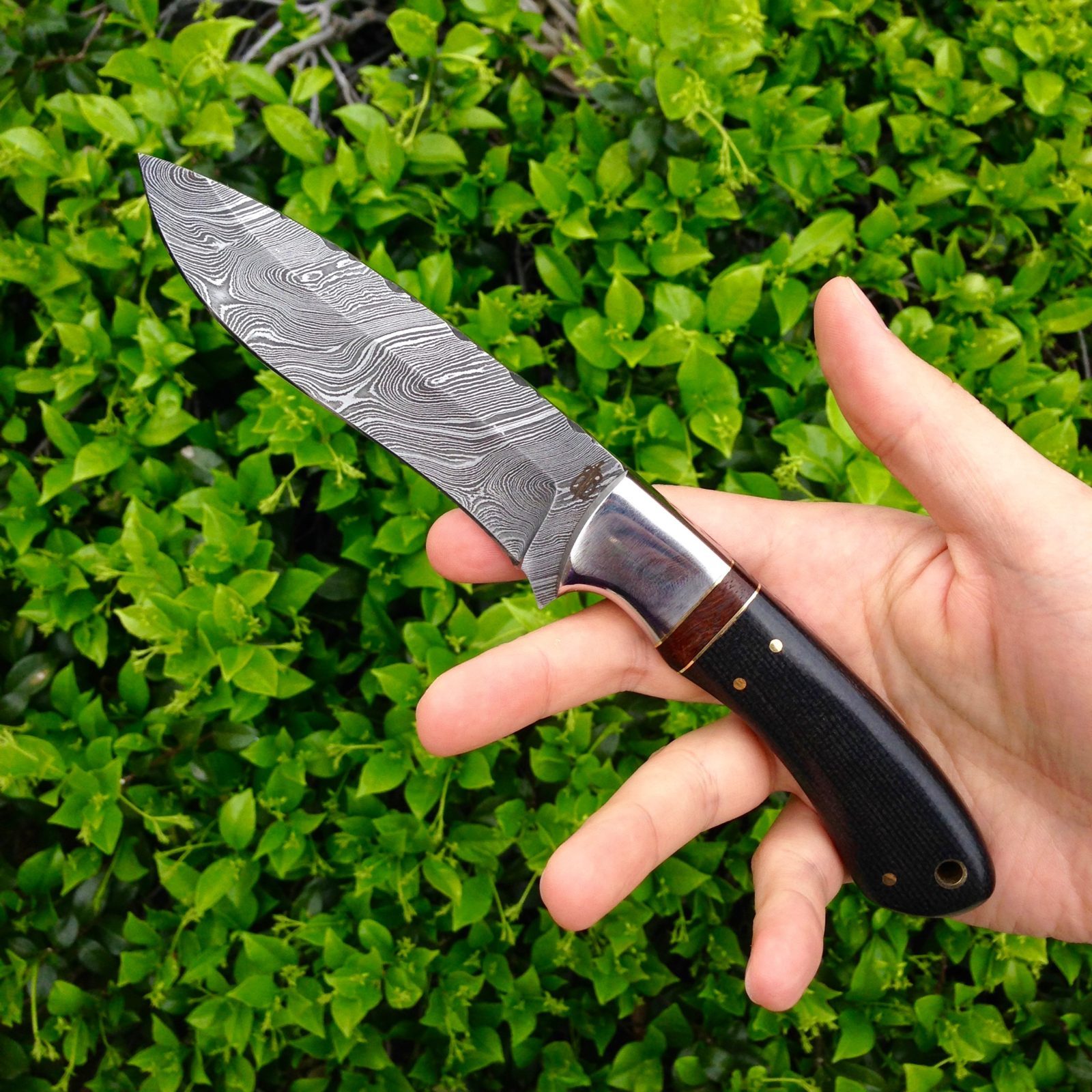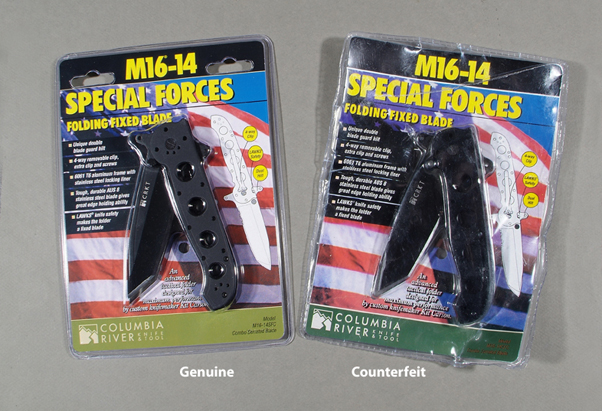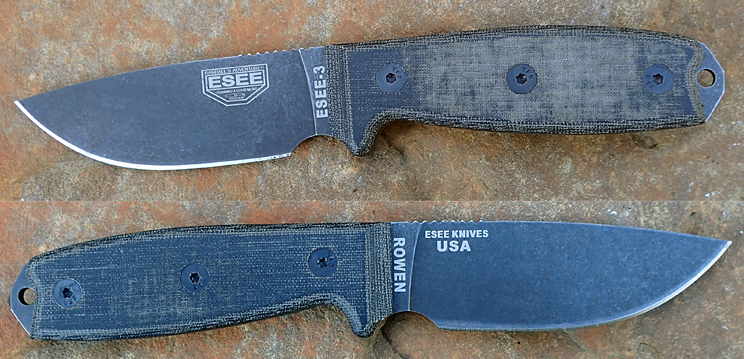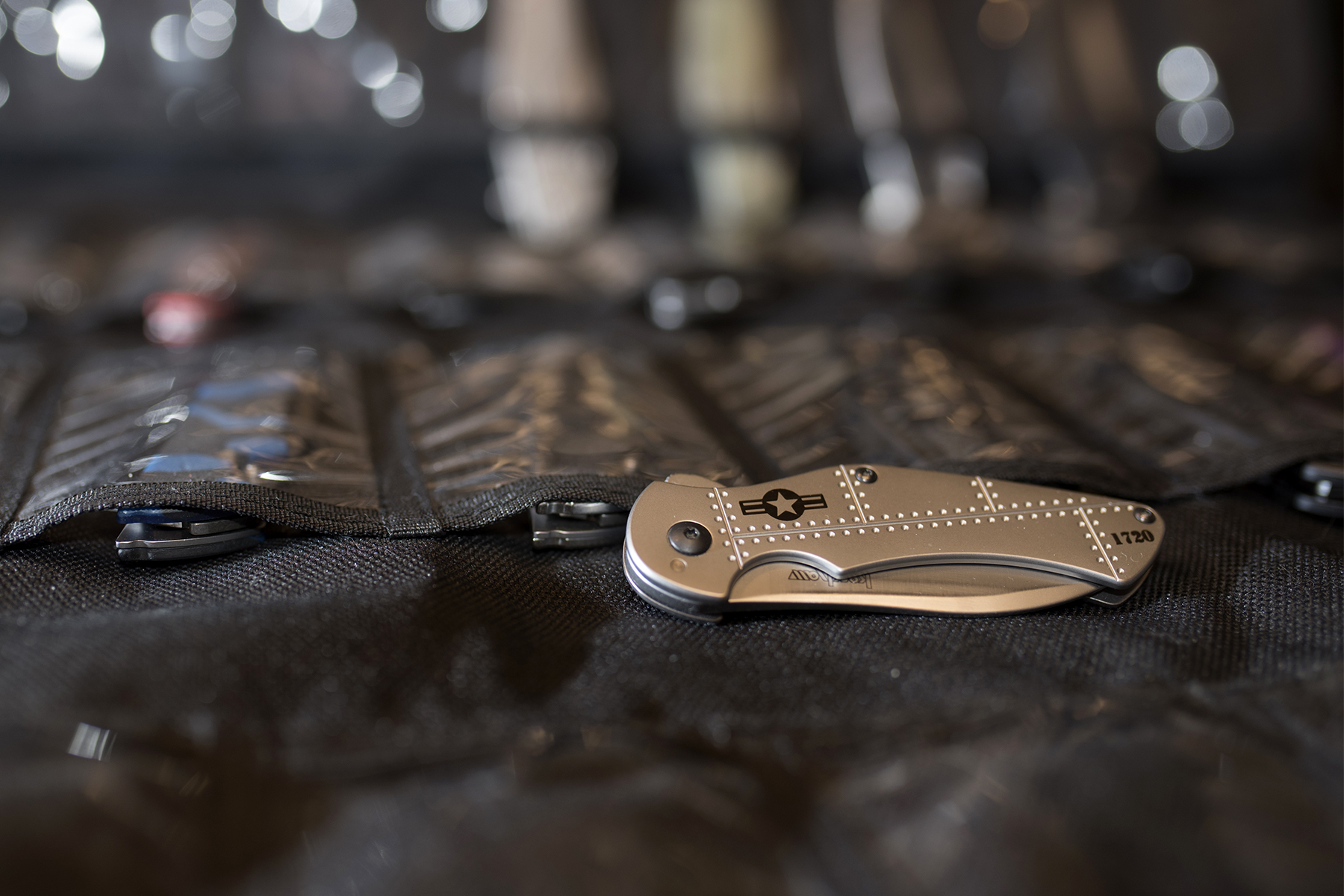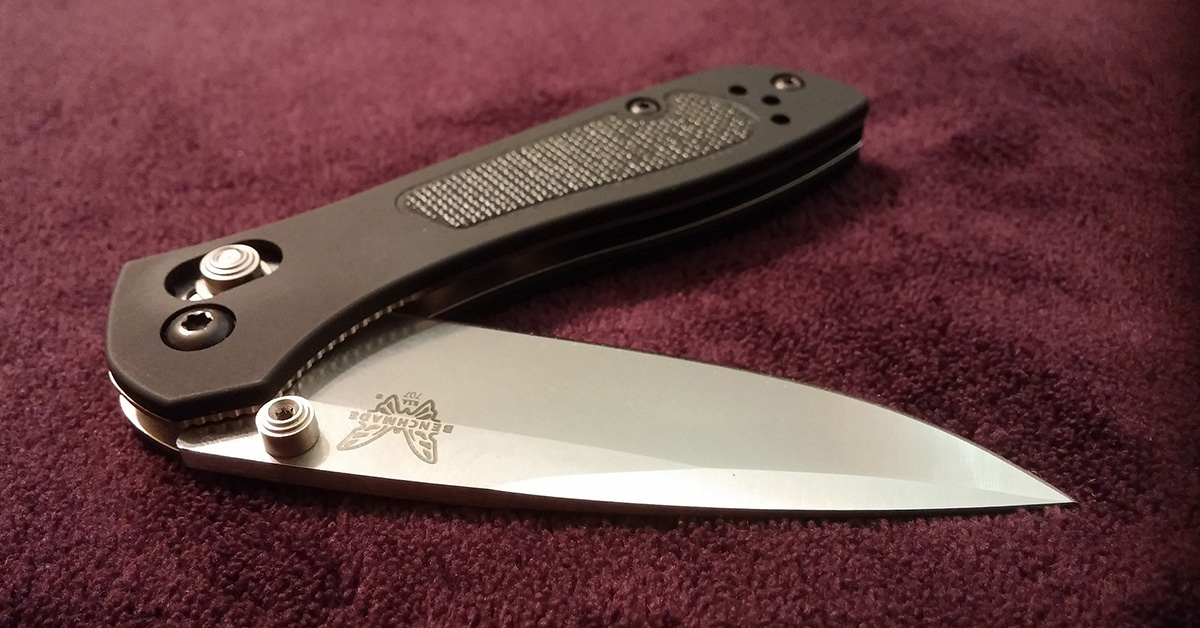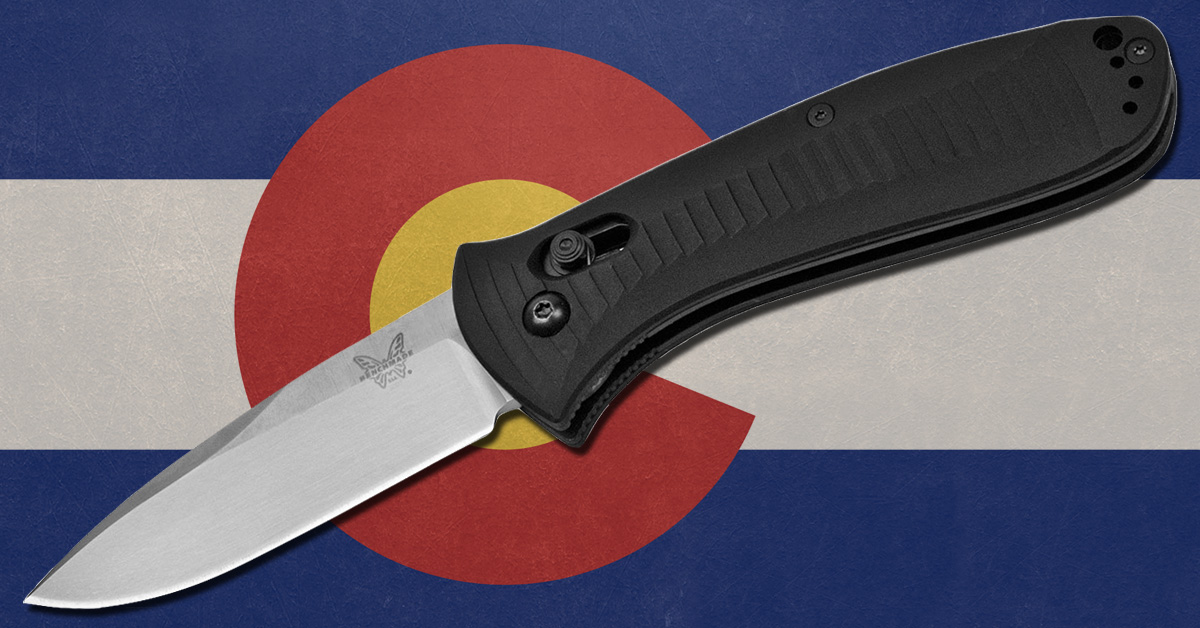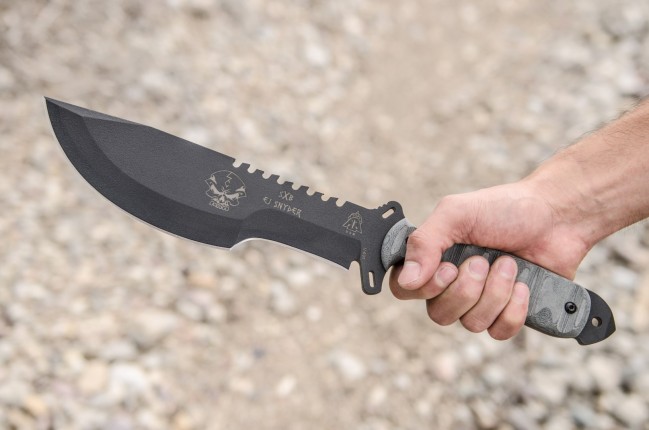This post was first published in 2017 and updated in October 2023.
They say a rose by any other name would smell as sweet… but if they were called stenchblossoms or crapweeds, I imagine they would be a bit less appealing.
The same thing goes for a knife. The almost universally acclaimed Ontario RAT Model 1 would still perform just as well if it were called the Ontario Elephant Earwax 7, but it might not be quite as popular.
While I acknowledge naming something is extremely difficult (I considered naming my son Humphrey), it can really kill the whole vibe of a knife. So I scoured the Internet and my memory bank to come up with a list of the worst knife names around. Many of these knives are well-made and perfectly usable but simply have a name that is off-putting.
This is my personal preference, so take that as you will. If you have any to add, let me know in the comments.
Note: I excluded custom knifemakers because they have a little more creative leeway. I also tried to exclude knives with people’s names. For example, I dislike all the Brian Tighe-related pun names (Tighe Rade, My Tighe, Tighe Coon, etc), but it’s the guy’s name so I let them be.
Finally, the LA Police Gear “The Best F***ing Knife” S35VN Every Day Carry Folding Knife (yes, that’s the full name) was considered for this list but I couldn’t figure out whether the overly descriptive and braggadocios name was so over the top it was the best name ever or the worst. I decided to leave it off for now.
25. Kershaw Wild Wild Turkey
Let’s start with one that’s a bit innocuous: the Kershaw Wild Wild Turkey. This now discontinued knife was actually a well-made and sleek gentleman’s folder. The steel was ATS 34 with titanium handles (if I’m correct). The name Wild Turkey is already a bit silly but the addition of another Wild takes things to another level.
I think Kershaw learned its lesson because future iterations of the knife were simply named Wild Turkey. Still, despite the name, this knife is still sought after by aficionados.
24. TOPS Felony Stop
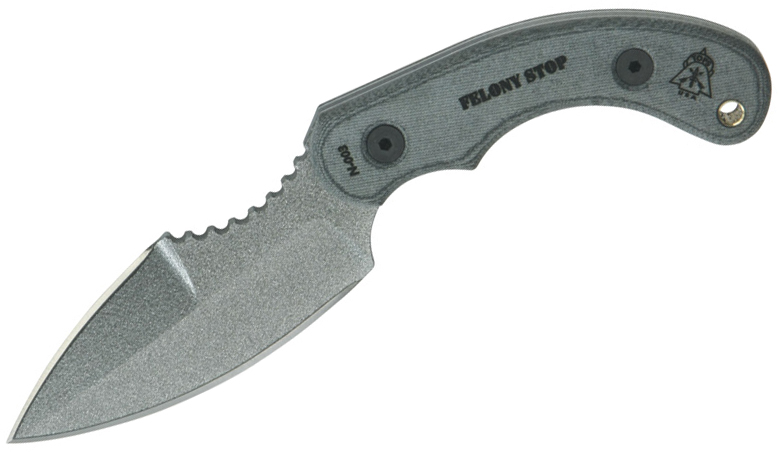
Next we have the first of many TOPS Knives with the Felony Stop. Knives already get a bad rap because of their misuse by a few individuals and you don’t want to call attention to that fact. The name Felony Stop is a bit confusing anyway. Is it supposed to be an instruction to stop a felony or is the knife itself a felony stop? Either way, the knife wouldn’t be so bad if it didn’t say FELONY in big bold letters right on the knife.
The knife, designed by the great Laci Szabo, is said to be only intended for law enforcement personnel and specialists, so take that as you will.
23. CRKT Hootenanny
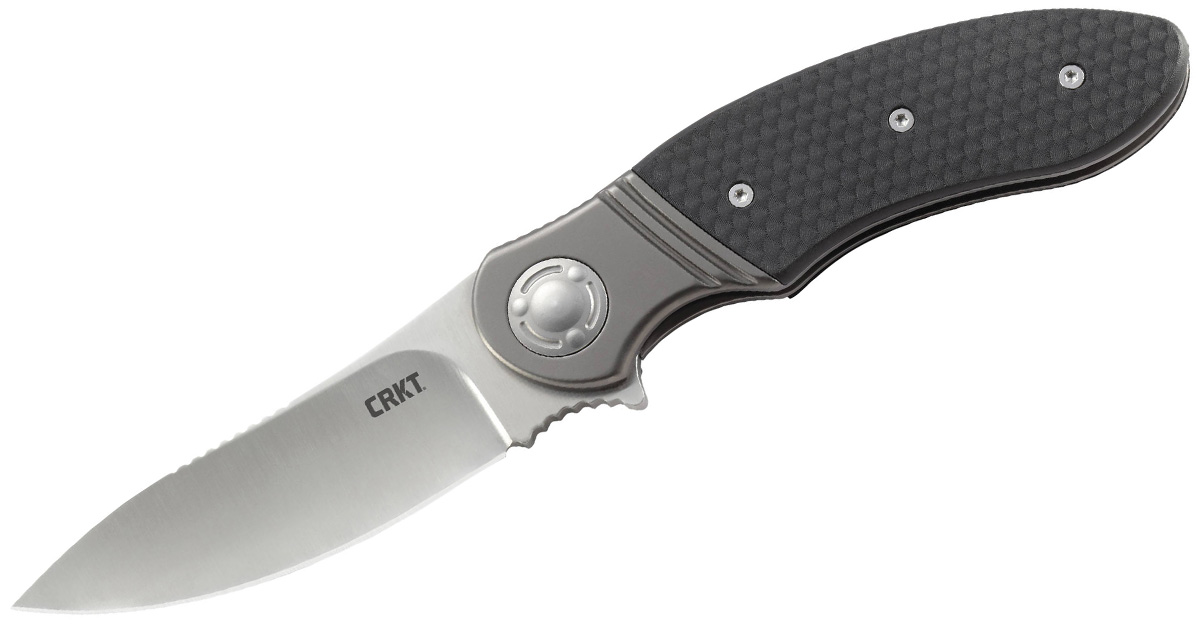
Hootenanny is an Appalachian colloquialism that originally started off as a Scottish word meaning party or celebration. It has since evolved to mean thingamajig or whatchamacallit or doohickey. So when you say pass me that “Hootenanny,” it just sounds funny.
